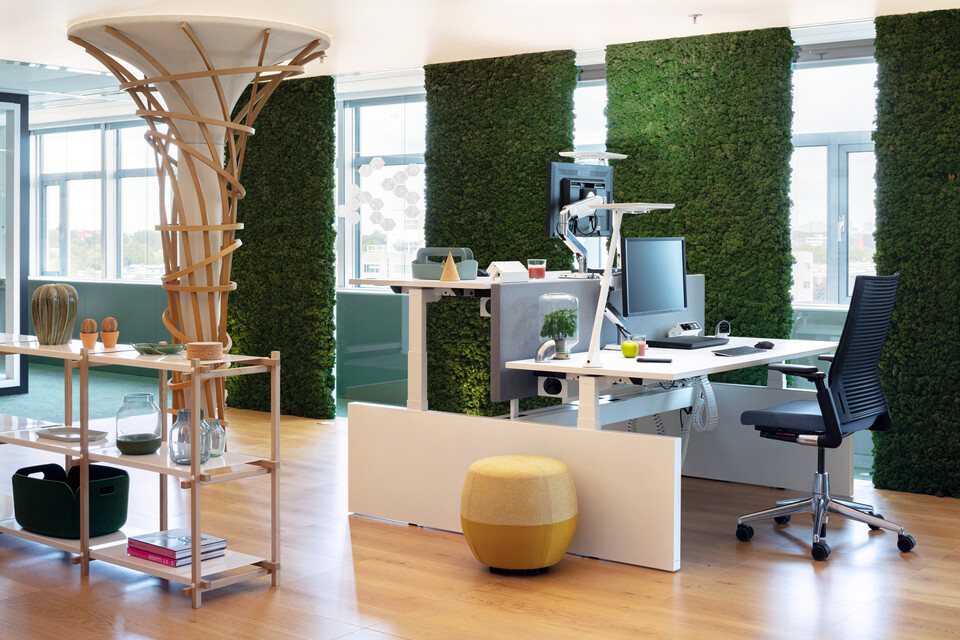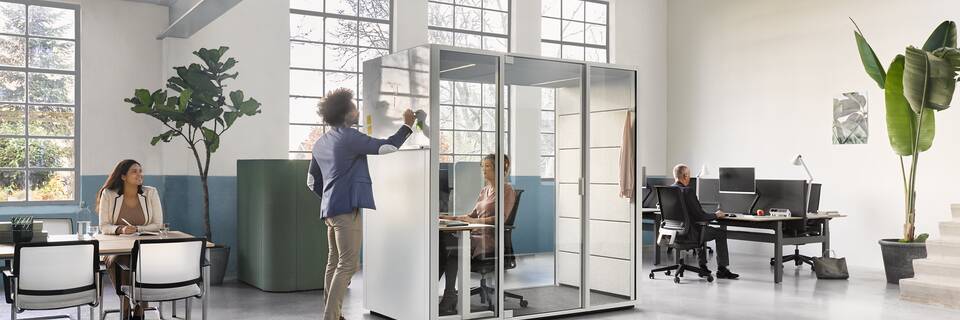
Hybrid Working Community
Die vertraute Arbeitsumgebung erfährt eine beispiellose Entwicklung, und dies in einem rasanten Tempo. Für viele Organisationen stellen sich dabei folgende aktuelle Fragen: ‚Was bedeutet der zunehmende Umfang an Heimarbeit für uns als Unternehmen?‘ Und: ‚Wie sieht die Büroumgebung der Zukunft aus?‘ Natürlich setzen wir uns hier bei Ahrend ebenfalls intensiv mit diesen Fragen auseinander. Wir gehen davon aus, dass wir in (naher) Zukunft den größten Teil unserer Arbeitszeit nicht mehr nur an einem einzigen, zentralen Ort verbringen werden, sondern dass ein Übergang zur so genannten Hybrid Working Community stattfinden wird, in der jeder Mitarbeiter auf seine eigene ‚Workjourney‘ gehen wird. Was bedeutet das für Ihre Organisation?
Aktuelle Entwicklungen
Die Mitarbeiter gehen schon seit längerer Zeit auf ihre eigene ‚Reise‘ durch ihre Arbeitsumgebung. Um in aller Ruhe arbeiten zu können, wählen sie zum Beispiel einen anderen Ort, als wenn sie mit Kollegen zusammenarbeiten oder mit anderen Gedanken austauschen wollen (aktivitätsbezogenes Arbeiten). Auch bezüglich der Arbeitsumgebungen sind derzeit einige Verlagerungen zu beobachten:
- Die Mitarbeiter arbeiten (noch) häufiger von zu Hause aus. Der Heimarbeitsplatz wird hiermit zu einem integralen Bestandteil der Arbeitsumgebung.
- Das Büro der Zukunft wird noch mehr zu einem zentralen Ort der Begegnung, der die Verbundenheit unter den Mitarbeitern und zwischen den Mitarbeitern und der Organisation fördert.
- Rund um diesen Ort der Begegnung entstehen flexible Optionen für externe Arbeitsplätze, wie professionell eingerichtete Werkhubs oder auch andere Arbeitsplatzoptionen (Café, öffentliche Verkehrsmittel usw.).
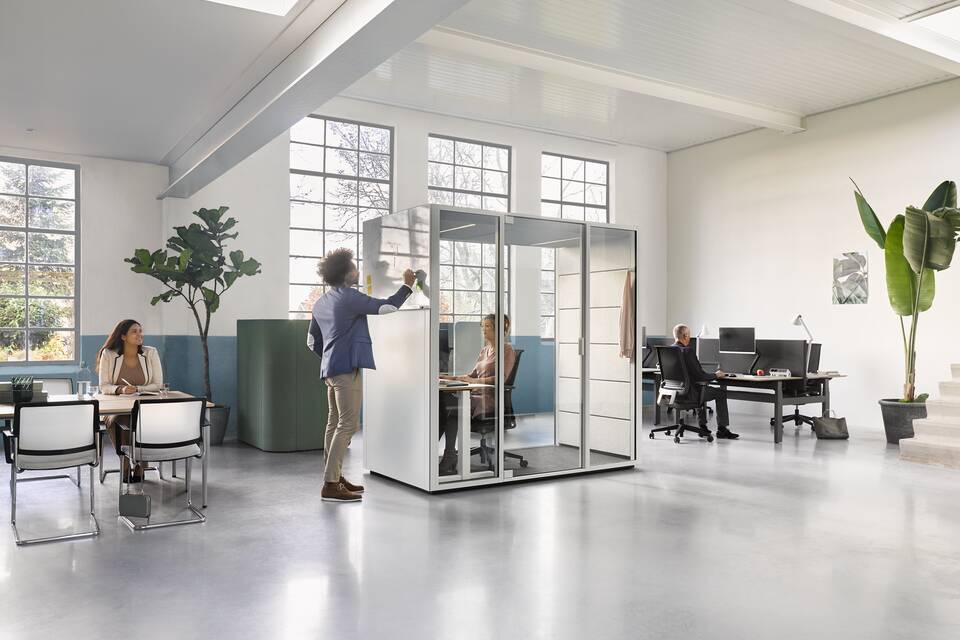
Die Arbeitsumgebung der Zukunft
Vitalisierende Arbeitsumgebungen sind essenziell
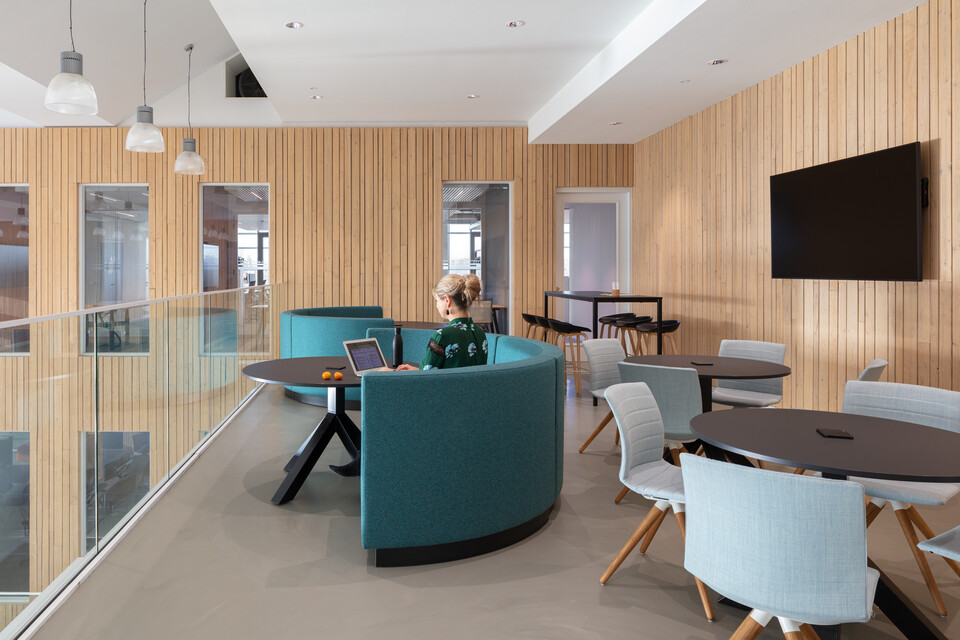
‘Die Hybrid Working Community bietet den Mitarbeitern den erforderlichen Raum, um optimal arbeiten zu können.’
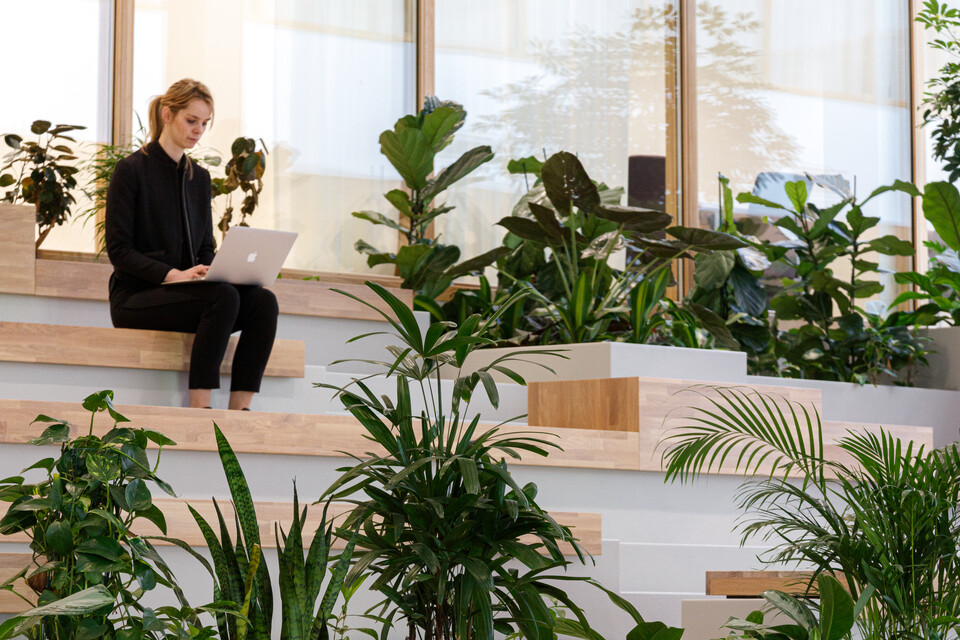
Was bedeutet das für Ihre Organisation?
Wie Ihrem zukünftigen Arbeitsplatz ein vitalisierender Charakter verliehen werden kann, hängt sowohl von der Organisation selbst als auch von den zentralen Werten dieser Organisation, der Arbeit und den Arbeitsprozessen ab. In das Whitepaper zeigen wir die Grundzüge der zukünftigen Arbeitsumgebung auf. Die Gestaltung Ihrer Hybrid Working Community erfordert Maßarbeit. Aus diesem Grund bietet Ahrend seinen Kunden Workplace Consultancy: Gerne denken wir gemeinsam mit Ihnen über die Herausforderungen nach, die sich für Ihre Organisation stellen, um für Sie passende und nachhaltige Lösungen zu finden.
Möchten Sie mehr über die Hybrid Working Community erfahren?
- Hybrid Working Community - Broschüre
Download das Whitepaper hier:
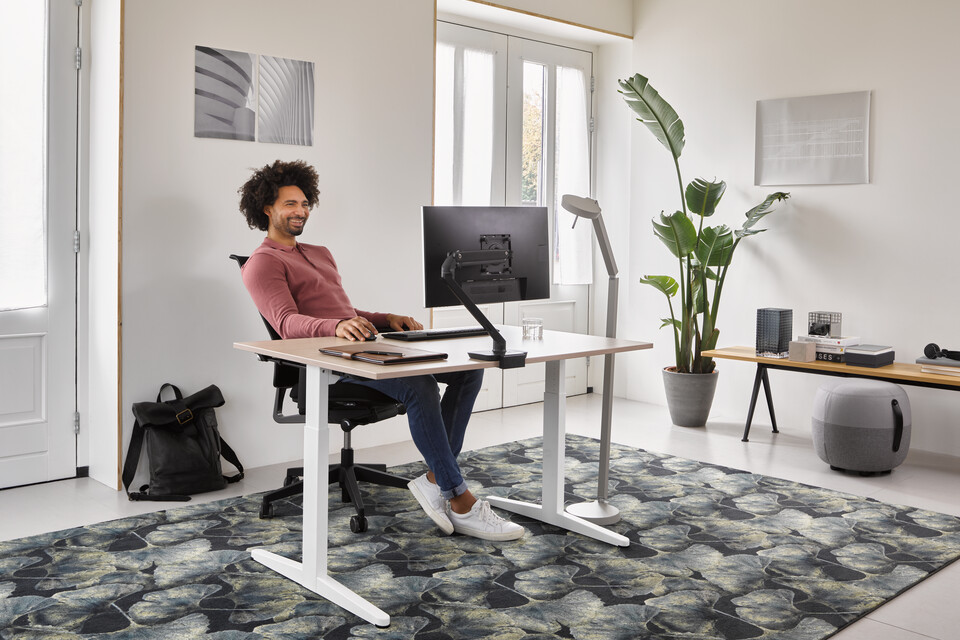

Fragen oder wünschen Sie eine Beratung?
Unsere Experten denken gerne mit Ihnen über mögliche Lösungen am Arbeitsplatz nach.
Kontaktieren Sie uns